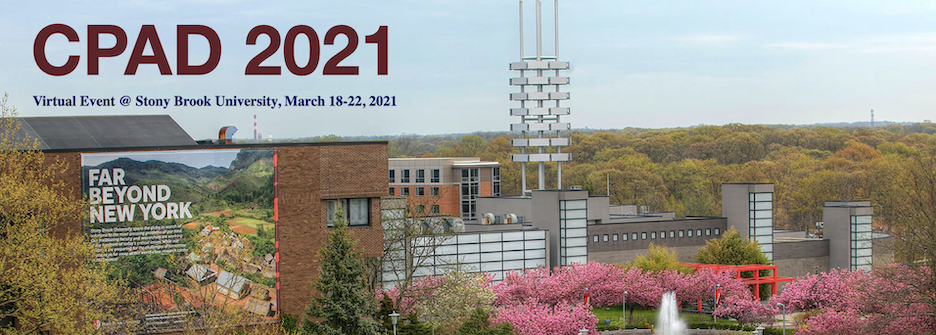Speaker
Description
CUPID is a proposed upgrade to the ton-scale neutrinoless double beta decay experiment, CUORE which is current operating at the Laboratori Nazionali del Gran Sasso (LNGS). The primary background in CUORE are degraded $\alpha$'s, and CUPID aims to improve the background by over a factor of 100 by utilizing a two channel energy collection approach, light and heat. This will allow for event by event discrimination of $\alpha$ and $\gamma$/$\beta$ interactions. In order to meet the timing and energy resolution requirements of CUPID, large area light detectors using low-Tc transition edge sensors (TES) on Si wafers are a promising technology to use. Here we will present the current state of the ongoing collaboration with ANL to develop light detectors using an IrPt bilayer TES with Au pads to enhance thermal conductivity to the Si wafer, reporting on the preliminary measures of timing and energy resolution. Additionally we will discuss ongoing plans to explore multiplexed readout and other improvements.
